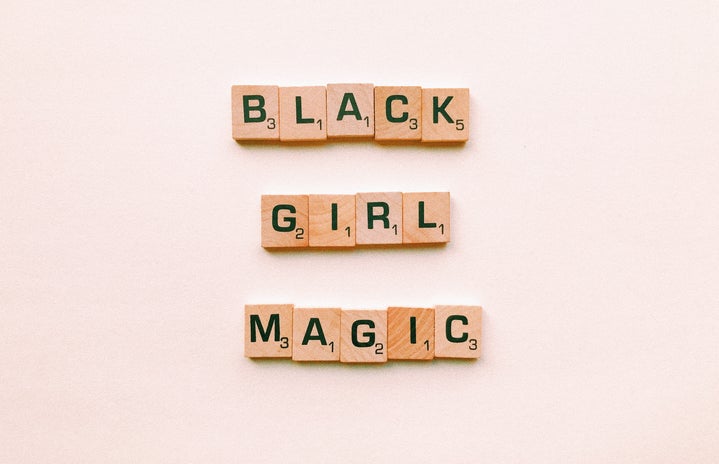Should Black culture be shared amongst white colleges or remain within HBCUs?
By Donya Conley
The University of Southern California has received some backlash with the recent controversy of student Princess Isis Lang creating a majorette dance team at the predominantly white institution (PWI). If people do not know why this has been fostering so many conversations, it is because majorette dance is a historical dance genre resulting from Black culture and is popular at historically Black colleges/universities (HBCUs). Lang taking that dance style and representing it at a PWI with a white band has made some Black people mad, mainly from HBCUs. From the recent controversy, the main question is whether we should keep Black culture within the boundaries of our people or disperse it amongst all people.
HBCUs are the pinnacle for Black people to be praised for our culture and treated with respect and significance, from soul food Thursdays to the fashion and sophisticated student bodies. Sharing Black culture with a PWI that is not associated with all these things can be irrational and unnecessary. But does that mean that Black culture, specifically HBCU culture, will be redefined because PWIs lack the knowledge to understand it? I think allowing Lang to create a majorette team at USC is essential in today’s world especially since people who are of non-Black backgrounds are curious about HBCU culture. Not to mention the inclusion that Black people have been experiencing recently such as Halle Bailey being cast in “The Little Mermaid,” H.E.R. as Belle from “Beauty and the Beast” and Yara Shahidi as Tinker Bell. This is the perfect time for Black culture to be embraced in other areas outside of HBCUs. I am not saying to take away the spirit and acknowledgment of both institutions, but I am saying we need inclusion and appreciation for Black people to be admired in places like California.
The rate of Black people in California is at 25.5% compared to Atlanta which has a 49.8% rate or Washington, D.C. which has a 45.8% rate. So implementing Black culture specifically in the state of California can do justice for kids who do not have a representation of what Black heritage looks like. HBCUs shouldn’t isolate our culture based on the fear of change or sharing our culture with non-Black natives. Even though gentrification could be a possibility, this could also be a good thing and a needed change in today’s society. Based on our people’s history, we have always wanted to be included in the mix and recognized as equals where our culture is represented in areas of the unfamiliar. What Lang did was exactly that. Keeping Black culture secluded in one space will never help our people to grow or expand. We need to keep pushing and persevering to keep our culture alive and teach other heritages about it.
Creating Black spaces in white areas is a necessity and desire, with the recent events of Lang creating a majorette team at a PWI producing enough noise for Black culture to be noticed and taken seriously. Secluding our culture for just HBCUs is a backtrack in time whereas our main purpose is to be implemented in communities where Black culture can be shared and embraced. Despite the controversy regarding majorette dance, this phenomenon is just the beginning for Black culture to be absorbed by our white colleagues. U.S. Census Bureau quickfacts: United States. (n.d.). Retrieved October 10, 2022, from https://www.census.gov/quickfacts/fact/table/US/PST045221


